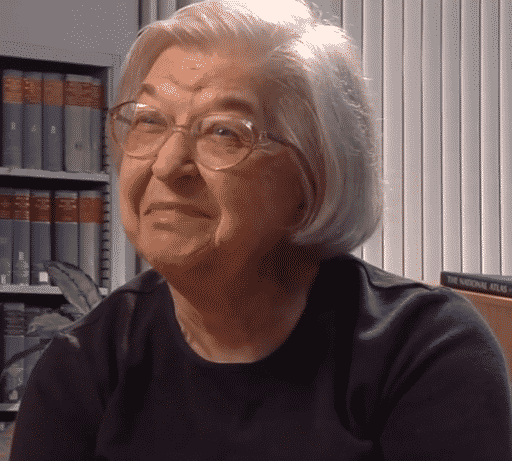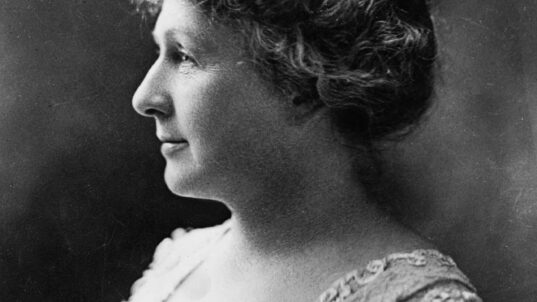
Stephanie Kwolek, via Wikimedia
Stephanie Kwolek was born to Polish immigrants to the US in New Kensington, Pennsylvania. Her father died when she was 10, but he left her with a career-long interest in science. Stephanie also had an interest in fashion design from her mother. But her mother discouraged Stephanie from a fashion career because she felt Stephanie’s perfectionist tendencies would leave her unsatisfied. It’s ironic that Stephanie would use her science education to develop fibers that, among other things, made new fashions possible.
When Stephanie graduated from Carnegie Mellon, she took a job with DuPont. She didn’t intend to stay long. She only intended to stay long enough to save up money for med school. She was interested in saving lives.
Stephanie ended up working at DuPont for 40 years. Stephanie became a part of a research team to develop a fiber that could replace the steel that was used in tires. She experimented with polymer solutions, eventually discovering one about which she remarked, “it had a lot of strange features. I think someone who wasn’t thinking very much … or took less interest in it … would have thrown it out.” Threads spun from this solution were five times as strong as steel of equal weight, and they were fire resistant. DuPont recognized the potential of these new fibers which they called “Kevlar.” Kevlar has become the thread that could stop bullets and has saved thousands of lives as a key material in body armor. Stephanie, while not a physician as she originally planned, ended up saving many more lives than any physician might.
DuPont appointed a team to develop commercial products from the Kevlar fibers while Stephanie continued her work to develop derivatives from the fibers. Some of these were developed into such products as Spandex and Lycra. Although unplanned, Stephanie’s career did lead her back to fashion design by creating fibers for new forms for clothing.
Stephanie was credited with 28 patents during her career at DuPont. As was customary, Stephanie had signed her patents over to her employer, so she never received any compensation for her inventions. DuPont has earned many billions of dollars from them.
Stephanie was the fourth woman to be inducted into the National Inventors Hall of Fame. She also received the National Medal of Technology and was also selected for the National Women’s Hall of Fame.
She had a passion for developing children’s interests in science. This included developing science experiments which are used today in classes. She also became a mentor for many young women entering STEM careers.
Just imagine what it takes to make such an unusual discovery. While Stephanie never profited directly from her inventions, she did have a deep satisfaction from their applications. Her discoveries helped her fulfill her early plans of saving lives. Just imagine how one can have a satisfying 40-year career based upon a passion for discovery and improving human lives. Just imagine how life stories such as Stephanie’s can inspire other young women to pursue STEM careers.
* * *
“I don’t think there’s anything like saving someone’s life to bring you satisfaction and happiness.” – Stephanie Kwolek
This is part of our “Just Imagine” series of occasional posts, inviting you to join us in imagining positive possibilities for a citizen-centered democracy.



